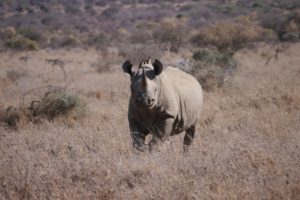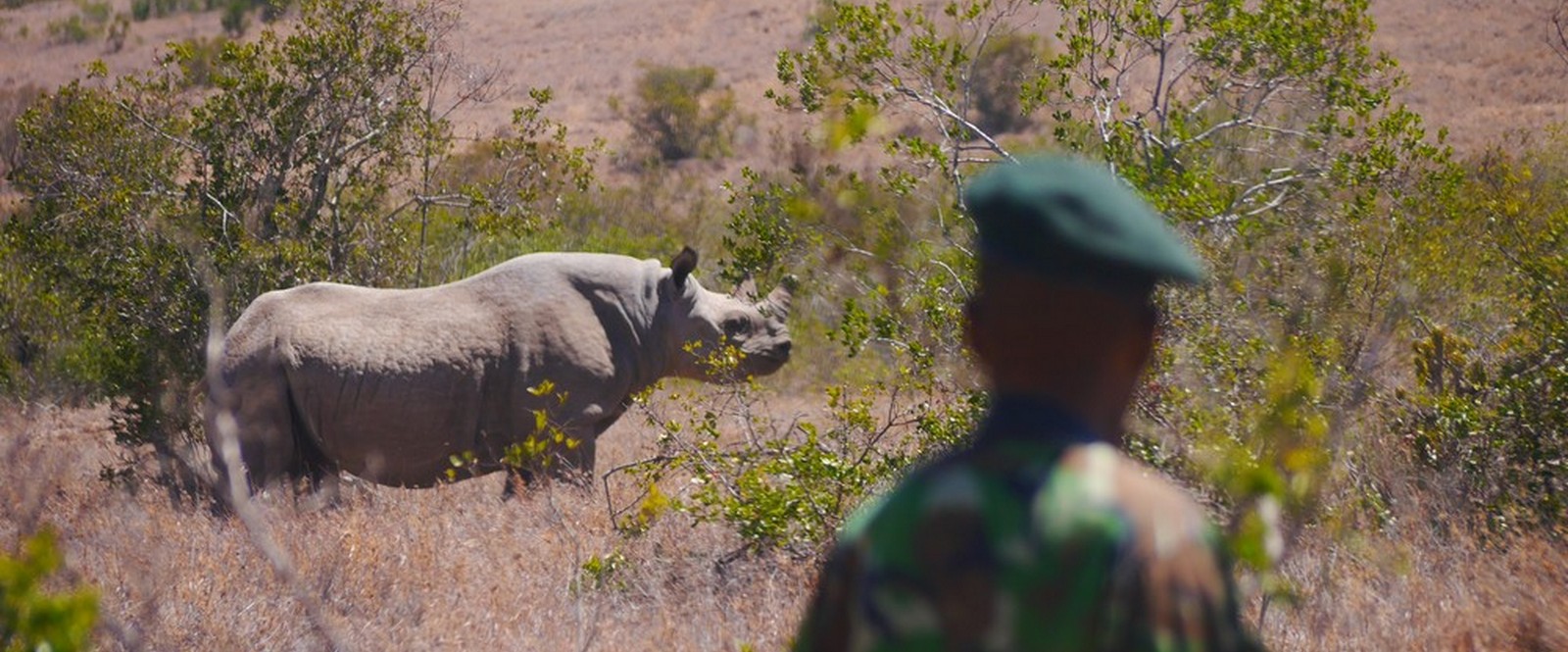Stretching across the northern foothills of Mount Kenya, the Borana landscape is home to iconic wildlife including black and white rhinos, African savannah elephants, and lions. These animals, among others, are thriving in the landscape thanks to the rangers, who work to monitor, protect and grow populations of endangered wildlife species. Their dedication is critical for rhino conservation, but they need the right equipment to remain safe and effective.
Thankfully, no rhinos have been poached on the landscape since 2019. Yet the threat from organised crime groups still looms. Maintaining zero-poaching success is no small task. Covering vast distances under harsh conditions, rangers rely on training, courage, and the right equipment, to carry out their vital work. Without the right equipment, their job becomes much harder, and far more dangerous.
Thanks to generous support from the ForRangers Initiative, Borana’s rangers have had access to more important kit for their patrols. Last year, ForRangers awarded a grant of US $10,000 to provide comfortable chest rigs with enough storage to carry water, medical kits, and emergency rations; 30 Individual First Aid Kits; and five GPS navigators for field commanders. These GPS devices allow rangers to relay their coordinates to the Operations Room, even without cellular signal, improving team safety in remote locations.
The new equipment has made a big difference. Not only has it improved ranger safety and comfort but it also means that minor injuries can be treated immediately in the field, saving time and preventing wounds from getting worse. Ranger Ndesi Morijo, 2nd in charge, shared: “We have received a medical kit for each National Police Reservist, and they are really helping us in the field when we have an injury. These medical kits are easily portable and so each ranger can carry it all the time. We are very grateful to ForRangers for receiving these items.”
Thanks to the efforts of the teams working across the LBL, and the support of donors and fundraisers, rhino populations are not just surviving, but growing. On average, the black and white rhino populations are increasing by 7% each year. In the coming years, this growing population will enable the relocation of rhinos into other areas of the surrounding landscape, bringing rhinos back into places they once roamed.
The prospect of such success is thanks to the rangers for their tireless work each day, and the donors and fundraisers that stand with these conservation heroes. A huge thanks to all involved in ForRangers and especially the ForRangers Ultra for their incredible support.








